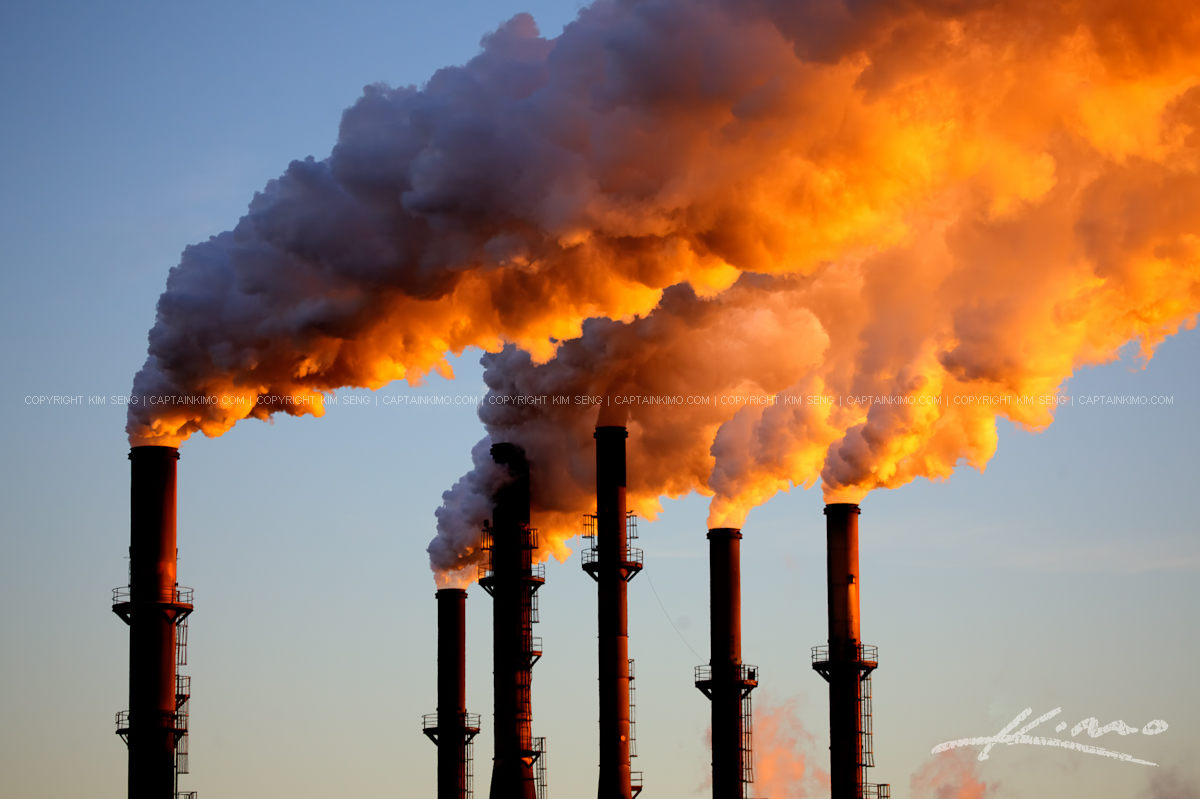Climate Change, Human Impacts, and Carbon Sequestration in China
Authors: Jingyun Fang, et. al. | Published: April 17, 2018
The scale of economic growth in China during the past three decades is unprecedented in modern human history. China is now the world’s second largest economic entity, next to the United States. However, this fast economic growth puts China’s environment under increasing stresses. China can be viewed as a massive “laboratory” with complex interactions between socioeconomic and natural systems, providing an excellent opportunity to examine how environmental changes and intensive human economic activities influence natural systems. This special feature explores the impacts of climate change and human activities on the structure and functioning of ecosystems, with emphasis on quantifying the magnitude and distribution of carbon (C) pools and C sequestration in China’s terrestrial ecosystems. We also document how species diversity, species traits, and nitrogen (N) and phosphorus (P) stoichiometry mediate ecosystem C pool and vegetation production. This overview paper introduces the background and scientific significance of the research project, presents the underlying conceptual framework, and summarizes the major findings of each paper.

